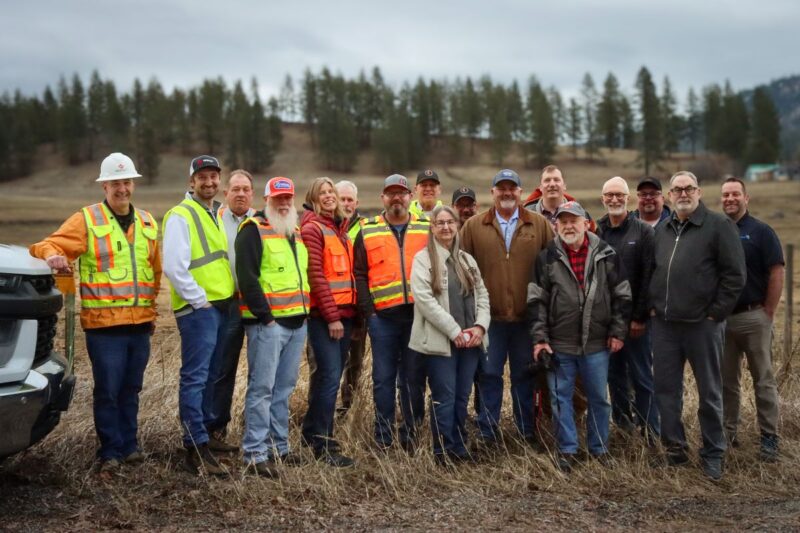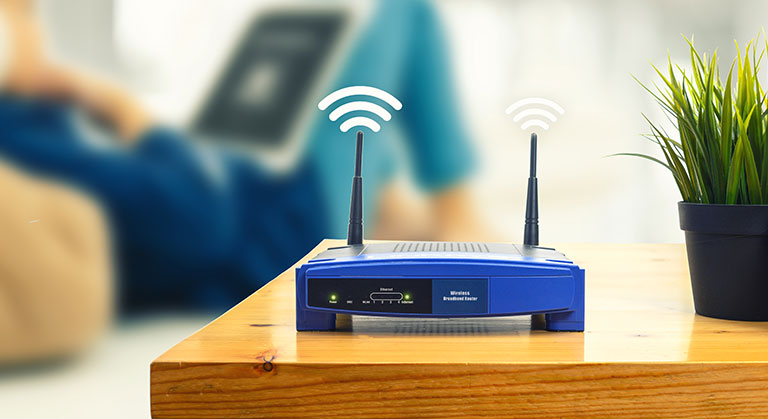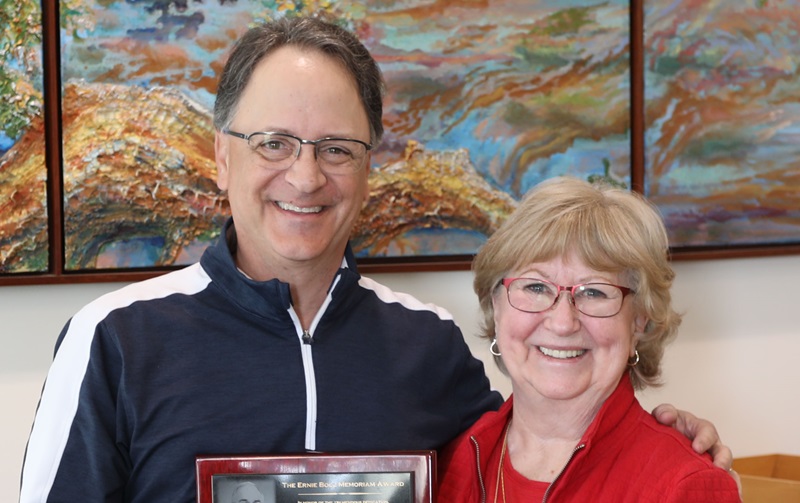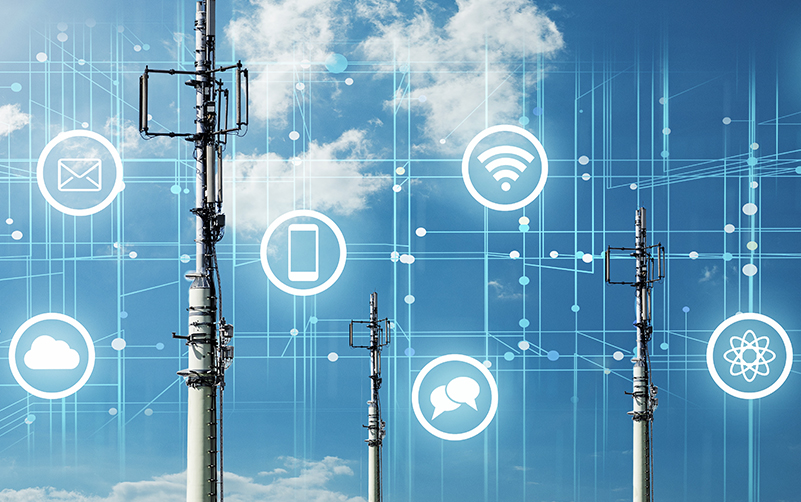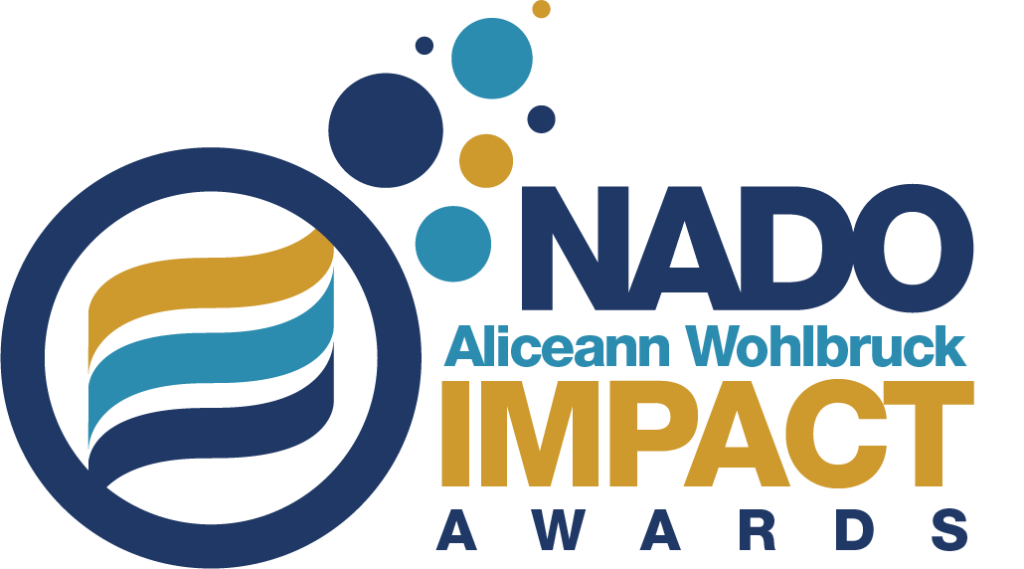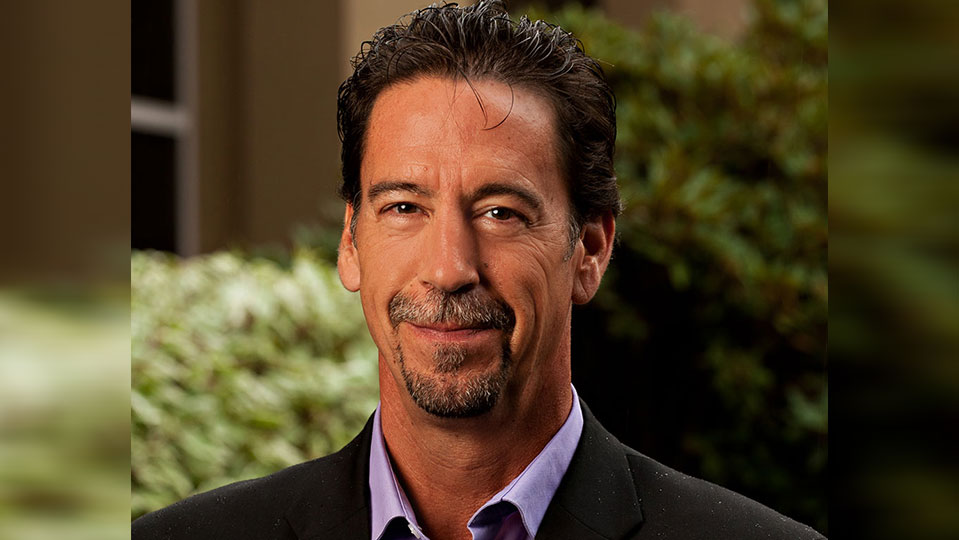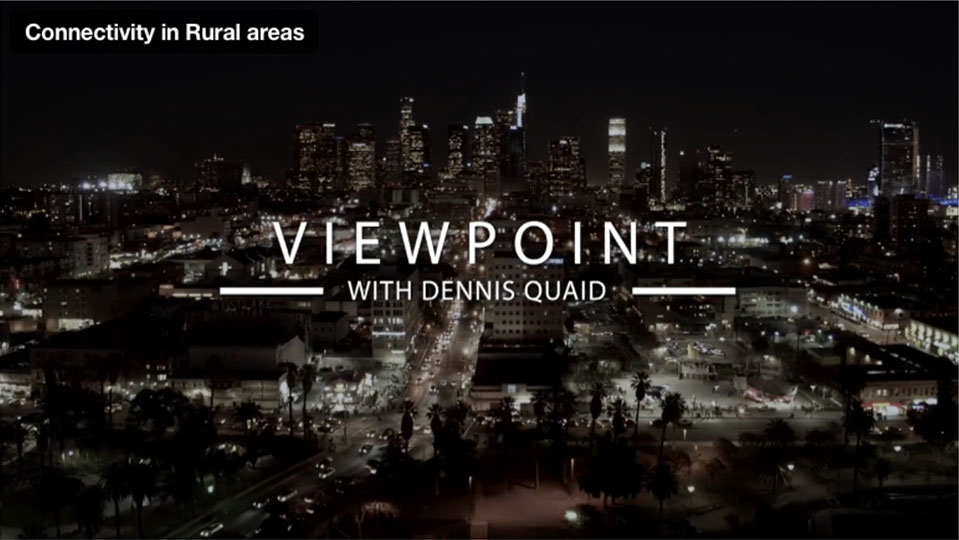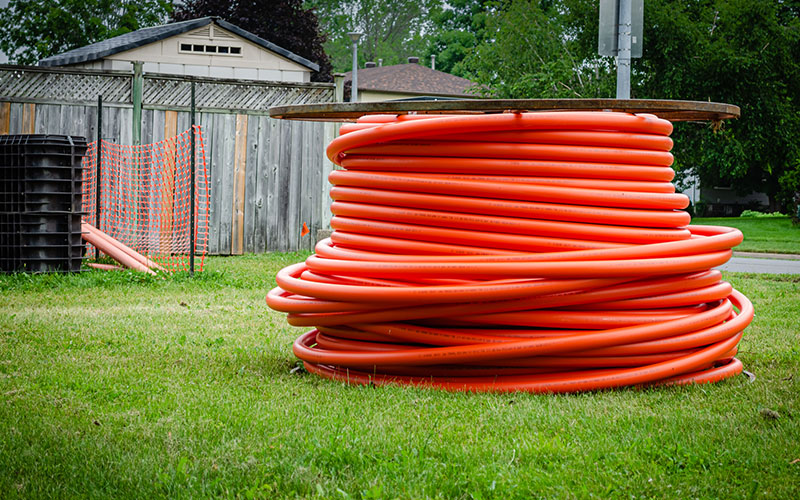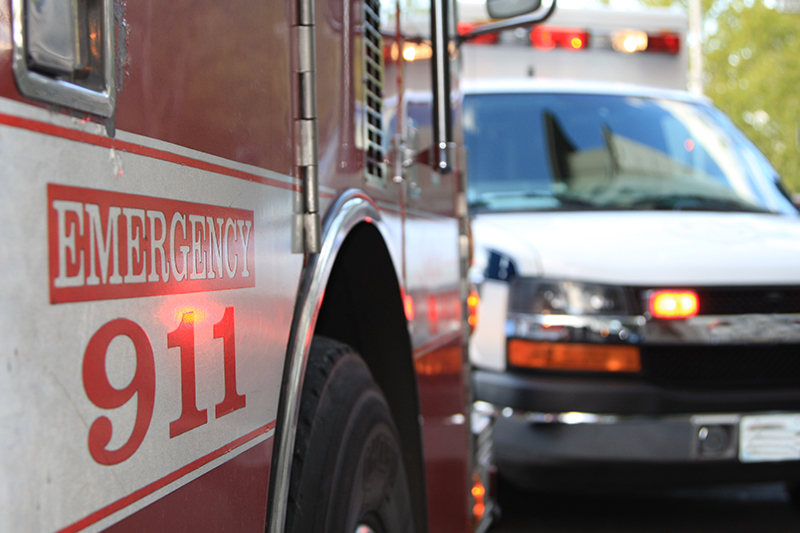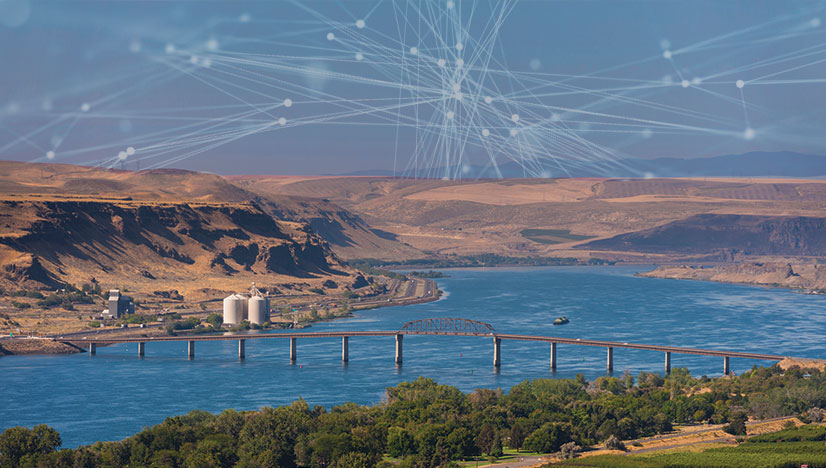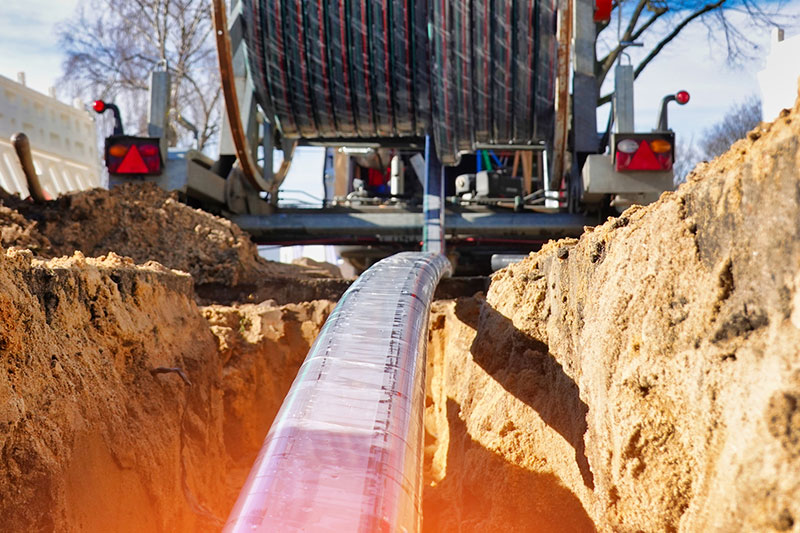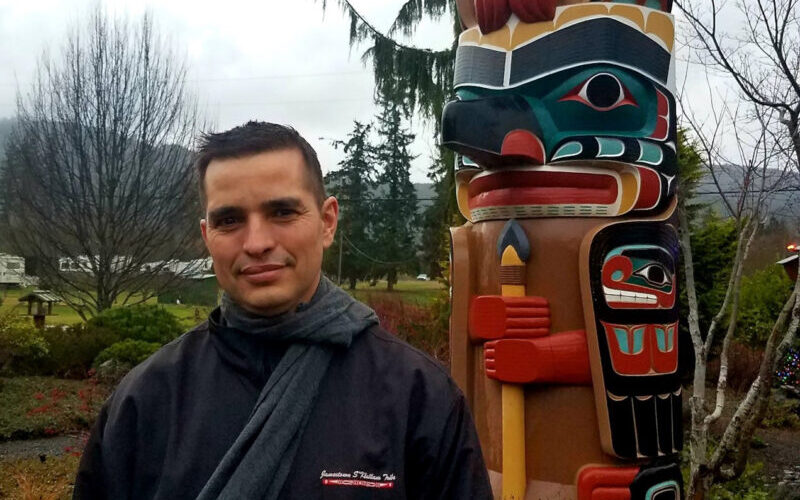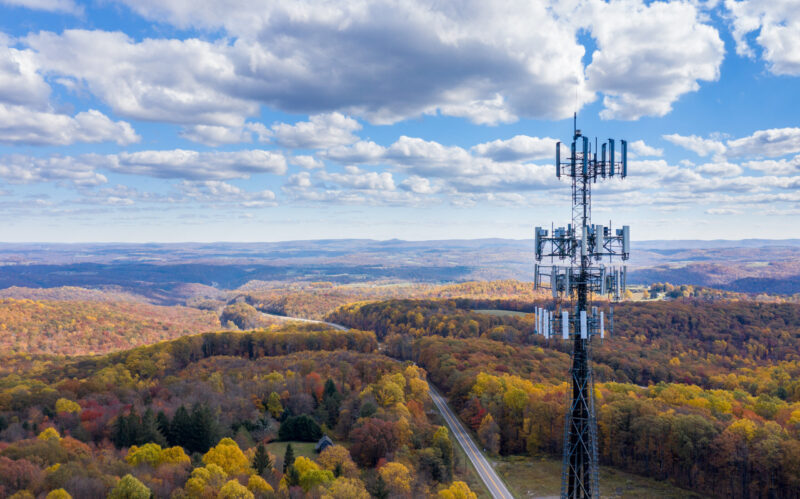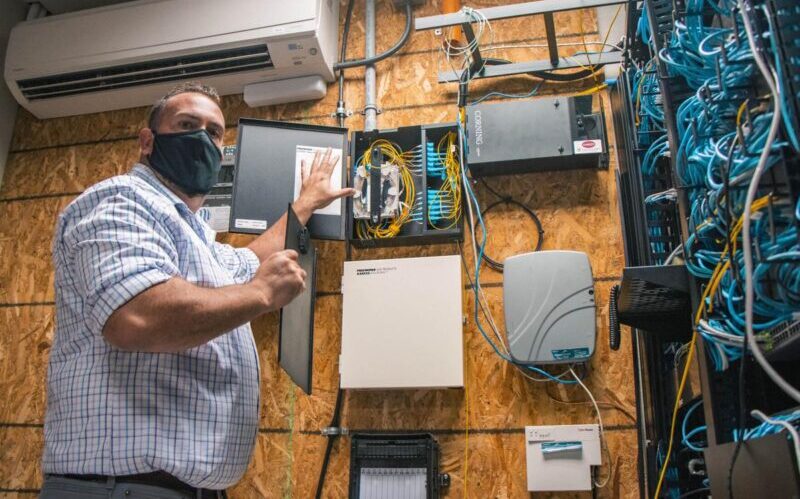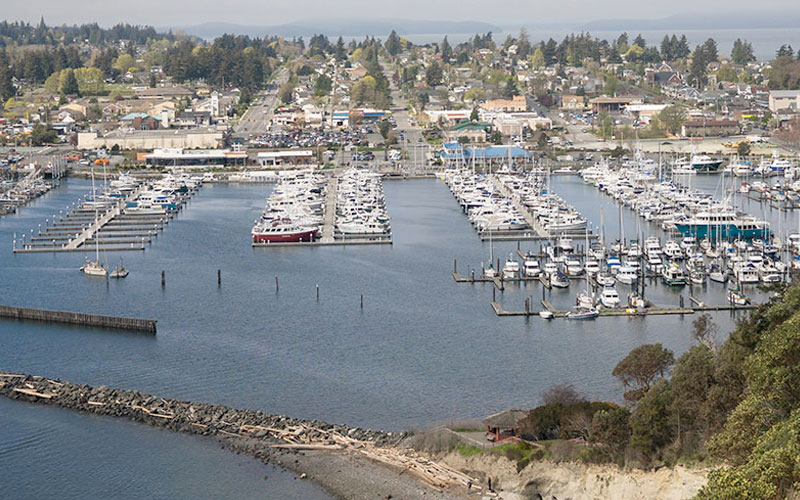As part of our series that explores broadband-related funding, NoaNet is shining the spotlight on a special program that directly helps households connect during the pandemic: The Emergency Broadband Benefit (EBB) program. On December 27, 2020, the Consolidated Appropriations Act, 2021 became law and established an Emergency Broadband Connectivity Fund of $3.2 billion in the United States Treasury to help Americans afford internet service during the pandemic. On May 12, the EBB Program launched. Consumers can now apply and service providers can begin enrolling consumers.
Rarely do individual household discounts on broadband service and devices come along on such a broad level, so this, administered by teams within the Federal Communications Commission, merits attention. Designed to help families and households struggling to afford internet service during the COVID-19 pandemic, this benefit enables eligible households to connect to jobs, critical healthcare services, virtual classrooms, and much more.
This benefit offers a discount of up to $50 per month towards broadband service per eligible household, and for households on qualifying Tribal lands, that amount bumps up to $75 per month. These same eligible households can also receive a one-time-only discount of up to $100 to buy a laptop, desktop computer, or a tablet from participating providers if they contribute between $11 and $49 toward the purchase price. There are limitations. This benefit extends to only a single broadband service (not more than one) and one device purchase discount per household.
Eligibility is possible by a household member meeting any one of the criteria listed below:
- Has an income that is at or below 135% of the Federal Poverty Guidelines or participates in certain assistance programs, such as SNAP, Medicaid, or Lifeline;
- Approved to receive benefits under the free and reduced-price school lunch program or the school breakfast program, including through the USDA Community Eligibility Provision in the 2019-2020 or 2020-2021 school year;
- Received a Federal Pell Grant during the current award year;
- Experienced a substantial loss of income due to job loss or furlough since February 29, 2020 and the household had a total income in 2020 at or below $99,000 for single filers and $198,000 for joint filers; or
- Meets the eligibility criteria for a participating provider’s existing low-income or COVID-19 program.
To apply, an eligibility determination comes first. There are three ways to apply: Directly contact your preferred participating broadband provider to learn about its application process; Go to GetEmergencyBroadband.org to apply online or find area participating providers; or call 833-511-0311 for a mail-in application, and return it along with copies of documents showing proof of eligibility to Emergency Broadband Support Center, P.O. Box 7081, London, KY 40742.
After receiving an eligibility determination, households can contact their preferred service provider to select an Emergency Broadband Benefit eligible service plan. The FCC has an informative FAQ on its site about the program, conveniently tabbed by topic. Because this program was developed in response to the hardships encountered as a result of the Covid-19 pandemic, it’s a temporary offset. The program will end once the program funds are exhausted, or six months after the Department of Health and Human Services declares an end to the pandemic, whichever comes first.
To find out which providers offer the benefit in your area, ask your Internet Service Provider by directly contacting them, or find a list of participating providers by state and territory on this webpage, www.fcc.gov/emergency-broadband-benefit-providers. Note that once set up, the benefit funds for qualifying households will be sent directly to the participating provider and not to individual households.
NoaNet is thrilled to help mobilize news of the Emergency Broadband Benefit in an effort help consumers learn more about this important program. If you’re a broadband provider reading this, get more information about how to participate here.
Coming Soon: Homeowner’s Assistance Fund
Also on the horizon for consumers is help with internet service payments under the Homeowner’s Assistance Fund (HAF). As part of the American Rescue Plan the HAF will provide $9.9 billion to the U.S. Department of the Treasury to give out to states, territories, and tribes to help homeowners facing hardships during the COVID-19 pandemic. The funds must be used by September 30, 2025.
The purpose of the HAF is to prevent homeowner mortgage delinquencies, defaults, foreclosures, loss of utilities or home energy services, and homeowner displacement. Qualified expenses include mortgage payment assistance; funds to help a homeowner reinstate a mortgage or to pay other housing related costs from a period of forbearance, delinquency or default; principal reduction; interest rate reductions; and payment assistance for utilities, internet service, property, flood or mortgage insurance, and homeowner association fees, condominium association fees, or common charges.
Homeowners are eligible to receive amounts allocated to a HAF participant if they experienced a financial hardship after January 21, 2020 and have incomes equal to or less than 150% of the area median income. Local fund-allocating entities are still able to apply as a HAF participant through June. For homeowners seeking to access HAF monies, expect an application process administered by each state or eligible entity’s housing finance agency or a sub-grantee, once finalized. In Washington State check with the Washington State Housing Finance Commission for updates on applying for HAF funds.
Northwest Open Access Network (NoaNet) is a not-for-profit wholesale telecommunications mutual corporation that has been serving Washington State since 2000. As a mission-driven organization, NoaNet focuses on bringing world-class telecommunications technology to hard-to-reach communities which lack access to high-speed affordable broadband services.


